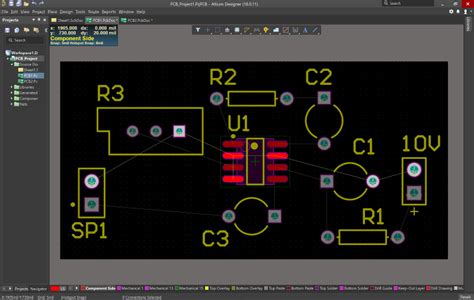
RF & Microwave Blog
-
The Control of Light and Moisture In PCB Factory
Posted by
–
 Read more: The Control of Light and Moisture In PCB Factory
Read more: The Control of Light and Moisture In PCB FactoryIntroduction to PCB Environment Control The production of printed circuit boards (PCBs) requires precise control over various environmental factors to ensure high quality and reliability. Two critical aspects of the PCB manufacturing environment are light and moisture control. Maintaining the proper levels of illumination and humidity is essential for optimal […]
-
How to Mount a PCB for SMD LEDs
Posted by
–
 Read more: How to Mount a PCB for SMD LEDs
Read more: How to Mount a PCB for SMD LEDsIntroduction to PCB-LED Mounting Surface-mount device (SMD) light-emitting diodes (LEDs) are widely used in electronic projects due to their compact size, low power consumption, and versatile applications. To successfully incorporate SMD LEDs into your designs, it is crucial to understand the proper techniques for mounting them on printed circuit boards […]
-
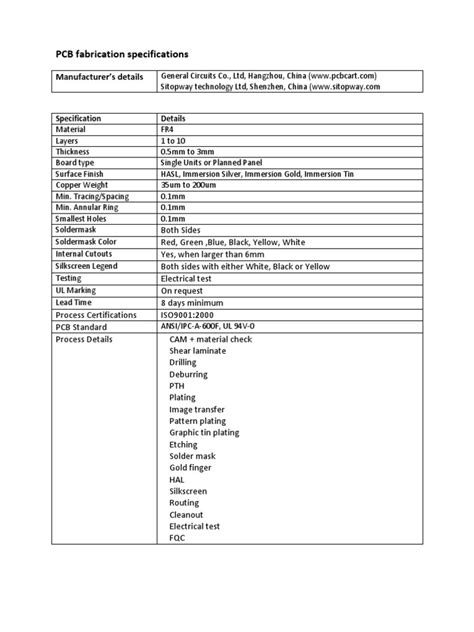 Read more: Ordering Specifications for PCB Artist Layout Software
Read more: Ordering Specifications for PCB Artist Layout SoftwareKeyword: PCB Artist Specifications Board Size and Shape One of the first things to consider when ordering specifications for PCB Artist is the size and shape of your PCB. PCB Artist supports a wide range of board sizes, from small, compact designs to large, complex boards. The software allows you […]
-
PCB Edge Clearance
Posted by
–
 Read more: PCB Edge Clearance
Read more: PCB Edge ClearanceWhat is PCB Edge Clearance? PCB edge clearance refers to the minimum distance that should be maintained between the edge of a printed circuit board (PCB) and any conductive elements, such as traces, pads, or vias. Adequate edge clearance is crucial for ensuring the structural integrity, manufacturability, and reliability of […]
-
Panel Requirements for PCB Assembly
Posted by
–
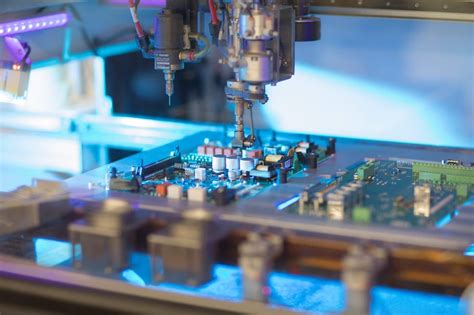 Read more: Panel Requirements for PCB Assembly
Read more: Panel Requirements for PCB AssemblyIntroduction to PCB Assembly and Panelization Printed Circuit Board (PCB) assembly is a crucial process in the electronics manufacturing industry. It involves the placement and soldering of electronic components onto a printed circuit board to create a functional electronic device. One of the key aspects of PCB assembly is panelization, […]
-
How to export kicad PCB to gerber files
Posted by
–
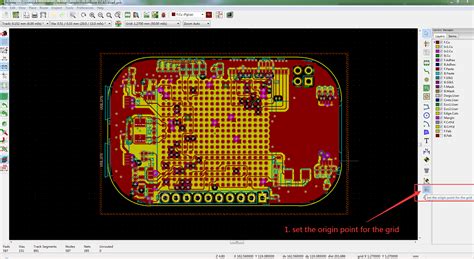 Read more: How to export kicad PCB to gerber files
Read more: How to export kicad PCB to gerber filesWhat are Gerber Files and Why Do You Need Them? Gerber files are the standard file format used in the printed circuit board (PCB) industry for manufacturing. They contain all the necessary information for fabricating a PCB, including the copper layers, solder mask, silkscreen, and drill data. When you design […]
-
 Read more: Electromagnetic field high speed automatic scanning technology
Read more: Electromagnetic field high speed automatic scanning technologyIntroduction to EMF Scanning Electromagnetic field (EMF) scanning is a rapidly evolving technology that has gained significant attention in recent years due to its wide range of applications in various industries. This non-invasive technique utilizes electromagnetic waves to detect, measure, and analyze the properties of materials, structures, and systems. EMF […]
-
Hot PCB FPGA MCU News From Altium
Posted by
–
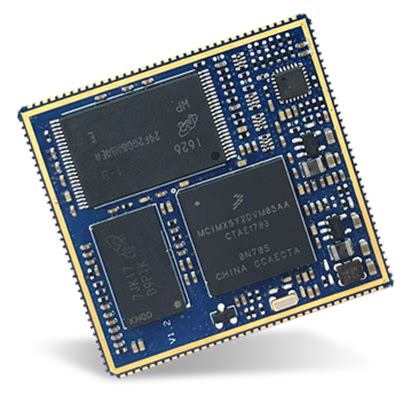 Read more: Hot PCB FPGA MCU News From Altium
Read more: Hot PCB FPGA MCU News From AltiumAltium Launches New PCB Design Software With Advanced FPGA and MCU Integration Altium, a leading provider of PCB design software, has just released the latest version of its flagship product – Altium Designer 23. This major update brings powerful new features and enhancements aimed at simplifying the design process for […]
-
 Read more: Set a lot of advantage PCB type automobile relay market continues to expand
Read more: Set a lot of advantage PCB type automobile relay market continues to expandIntroduction to the Automobile Relay Market The global automobile relay market has been experiencing steady growth in recent years, driven by the increasing demand for advanced electrical systems in modern vehicles. Relays play a crucial role in controlling and protecting various electrical circuits within automobiles, including lighting, air conditioning, engine […]
-
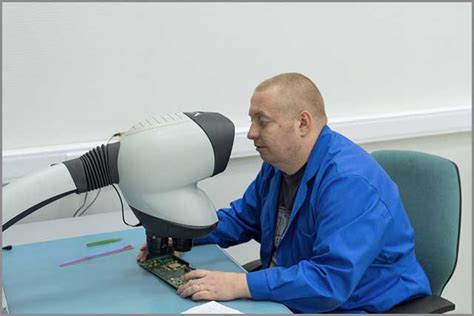 Read more: An Introduction to Electroless Nickel Immersion Gold ENIG by RAYPCB
Read more: An Introduction to Electroless Nickel Immersion Gold ENIG by RAYPCBWhat is ENIG? Electroless Nickel Immersion Gold (ENIG) is a surface finish technology widely used in the production of printed circuit boards (PCBs). This process involves depositing a thin layer of nickel followed by a thin layer of gold on the copper pads of the PCB. ENIG provides excellent solderability, […]
Recent Posts
- How to Select Material for Your PCBs from Cost and Reliability Considerations
- Problems of EMC Technology Application in PCB Design of Electronic Devices and the Strategies
- Fabrication Technology on Flex-Rigid PCB Window
- Problems of High-Frequency and High-Speed Multilayer PCB Fabrication and Their Solutions
- Key Difficulties and Tips for Backplane PCB Fabrication